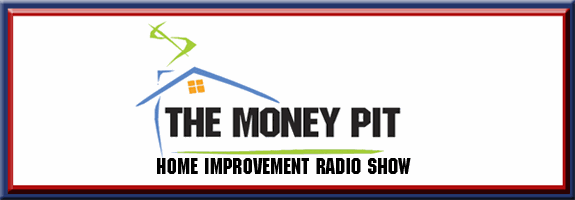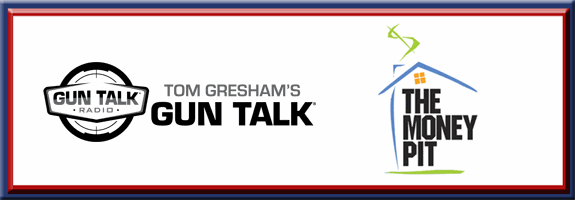Six Reasons Radio Listeners Ignore Your Morning Show
By Gary Begin
Sound Advantage Media
 You know the routine.
You know the routine.
Your radio station introduces a new morning show, and you sit back and wait for the magic to happen.
And you wait…and you wait.
Still, the audience doesn’t know them, doesn’t care about them, or knows them and still doesn’t care about them.
Why is this happening?
There are six reasons:
One: Because they’re just not that good
It’s true! Radio managers are not famous for spotting and nurturing talent.
And a result: Being good is hard!
There’s a reason why Howard Stern was fired to the top. There’s a reason why it’s a safer bet to plug in Ryan Seacrest than to take a chance on somebody nobody knows (for better or worse). There’s a reason why the freshest young voice with a unique point of view prefers to launch a YouTube channel rather than work its way up the long, hard slog of the radio ladder.
Radio fans know what they like and don’t like, and everything else will likely fall in the vast, bland, vanilla middle. And while that vast, boring, vanilla middle can be tweaked with a bit of coaching or a new producer, there’s an old saying:
“You can’t polish a turd.”
Two: Because they’re not meaningfully different in a crowded field
Guy’s name and Gal’s name in the show title? Check.
Impeccable technical execution? Check.
Show producer/board op? Check.
What about plugging in all the radio morning show best practices? Check.
The problem with formulas for what makes a great morning show is that every station has access to the same procedures. And when every radio station is playing the same morning show game for the same audience at the same time using versions of the same bits, the audience will default to the show they’ve listened to longest, even if it’s not necessarily the best – because it takes a lot of time and effort to find the “best” and no time or effort at all to succumb to habit.
So why should I change the listening behavior that has served me well for years to sample YOUR show?
Three: Because listeners are barely exposed to them
It’s not only about how long a show has been on the air but also about how much exposure that show has had while it has been on.
I have a saying:
Listeners don’t listen to your morning show today; they listen to every episode of your morning show they have ever heard – today.
In other words, listeners bring their relationships with talent to each listening occasion. This makes intense morning shows powerful: They have a longstanding connection with their fans. It’s also why you can stream a market and listen to the dominant morning show without knowing why it’s so successful.
So, when you envelop your show in music, or the host opens the mic to announce a song, do a live read, announce another contest winner, check the weather, or emote some breezy phrase that dissipates into the radio ether within seven seconds, then the audience has less to know and fewer opportunities to realize it.
Why bother?
Four: Because they’re DJs and not humans
While there’s something comforting about a human voice on the radio, not every voice appears human. I’m not talking about voice-tracking here; I’m talking about content.
Humans have three dimensions – strengths and weaknesses, flaws, and blemishes. All on display.
When those dimensions are not displayed in a movie, we call the character “shallow.” And nobody (willingly) makes friends with shallow beings (although we’re happy to laugh at their expense TV).
Five: Because management doesn’t want a great morning show, they want a cheap morning show to be great
Too often, we’re not aiming for greatness; we’re aiming for extraordinary cheapness.
That’s not how Jimmy Fallon got the “Tonight Show” gig or how excellent radio talent is born. We fool ourselves into thinking the cheap voice can be better if only the audience catches on. And then we are disappointed when they never do.
This is not to say you always get what you pay for, but you certainly never get what you don’t pay for.
I recently ran into an old radio friend – a former morning host – now long out of the business. He was approached by a station in his market to do a weekend gig – live. And for this, he would be paid what he described as “the kind of money I made just out of school.”
Either he will say “no,” or the station will get from him what it’s paying for, which is precisely what it wants and much less than it pretends it wants.
Six: Because “liking them” and “listening to them” are two different things
Your new morning host may be a great guy and a model citizen, but if I’ve got 20 minutes of drive-time, I intend to spend it with the most compelling, entertaining, or informative morning show I can find, not with an audio Boy Scout.
Gary Begin can be reached at garybegin10@gmail.com.



 Broadcasting executives spend millions building their radio station’s brand in the marketplace. But is it being spent in the right place?
Broadcasting executives spend millions building their radio station’s brand in the marketplace. But is it being spent in the right place?














